It’s an olive brown fungus, which inhabits the lower side of the leaves.




On the upper side appear yellow spots.

If not taken care of, these leaves will drop off.
It is recommended to use at least 4 kinds of different pesticides,
and alternate between them every 3 days,
in order to overcome pest’s resistance, and completely exterminate them.
For further information about this, read this post , and this post also.
There are 2 ways to eliminate leaf mold: Chemical, and organic.
Chemical:
Best pesticides for Leaf mold,
Active ingredients:
| Metalaxyl/Mefenoxam | 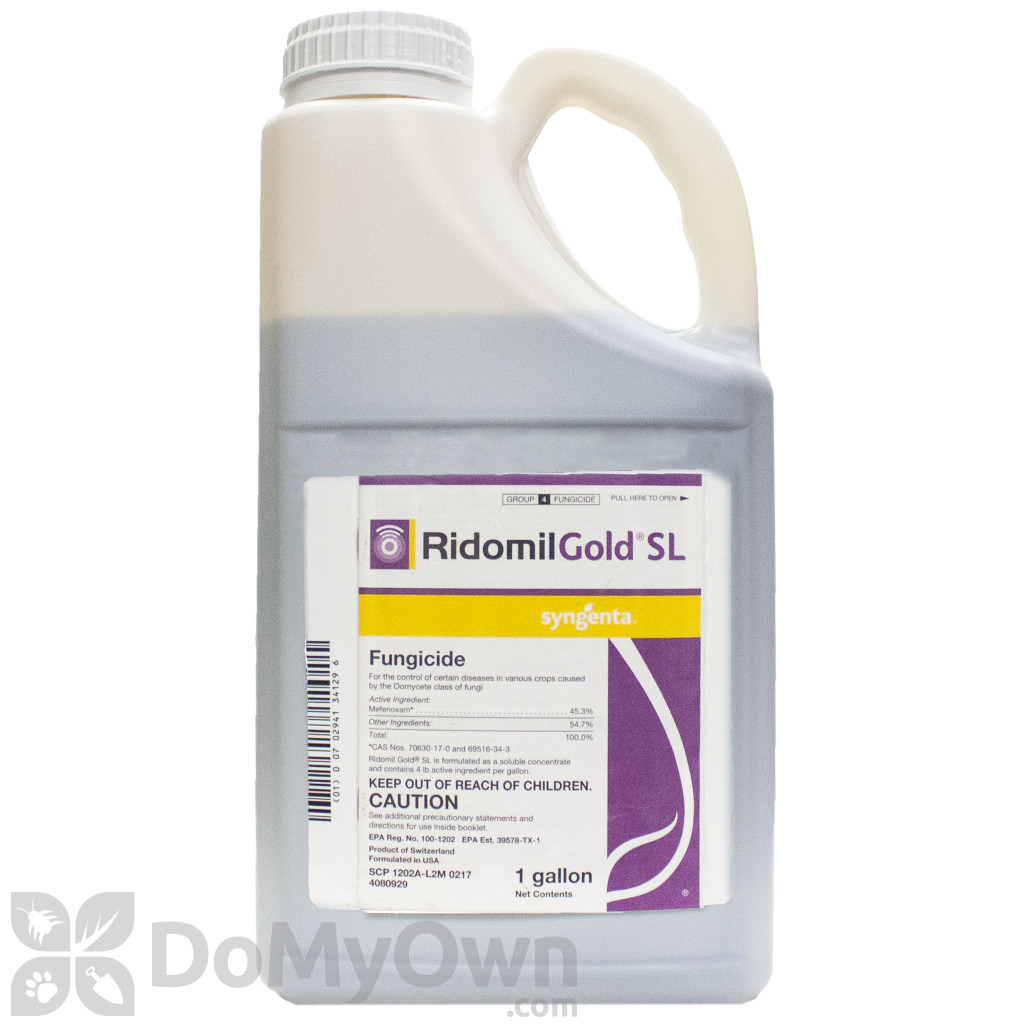 |
| Mancozeb | 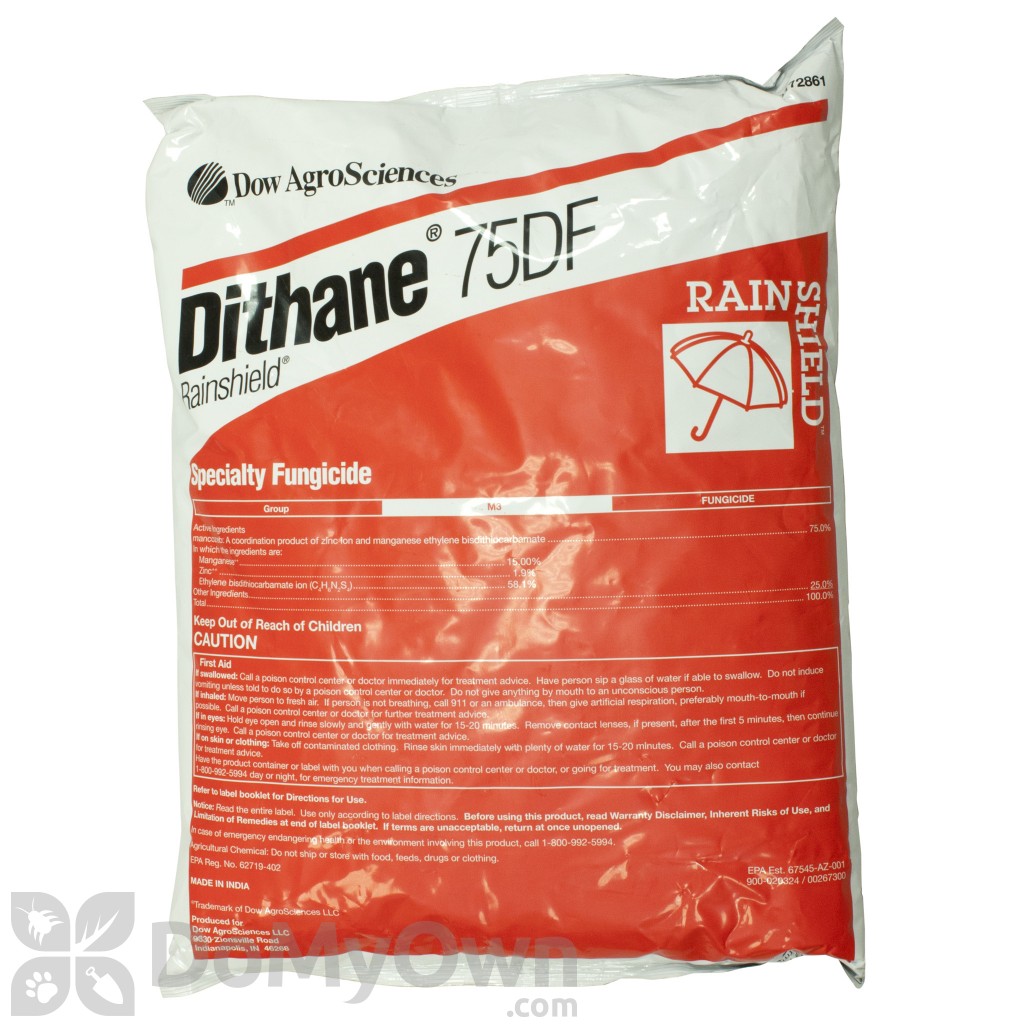 |
| Cymoxanil | |
| Propamocarb | 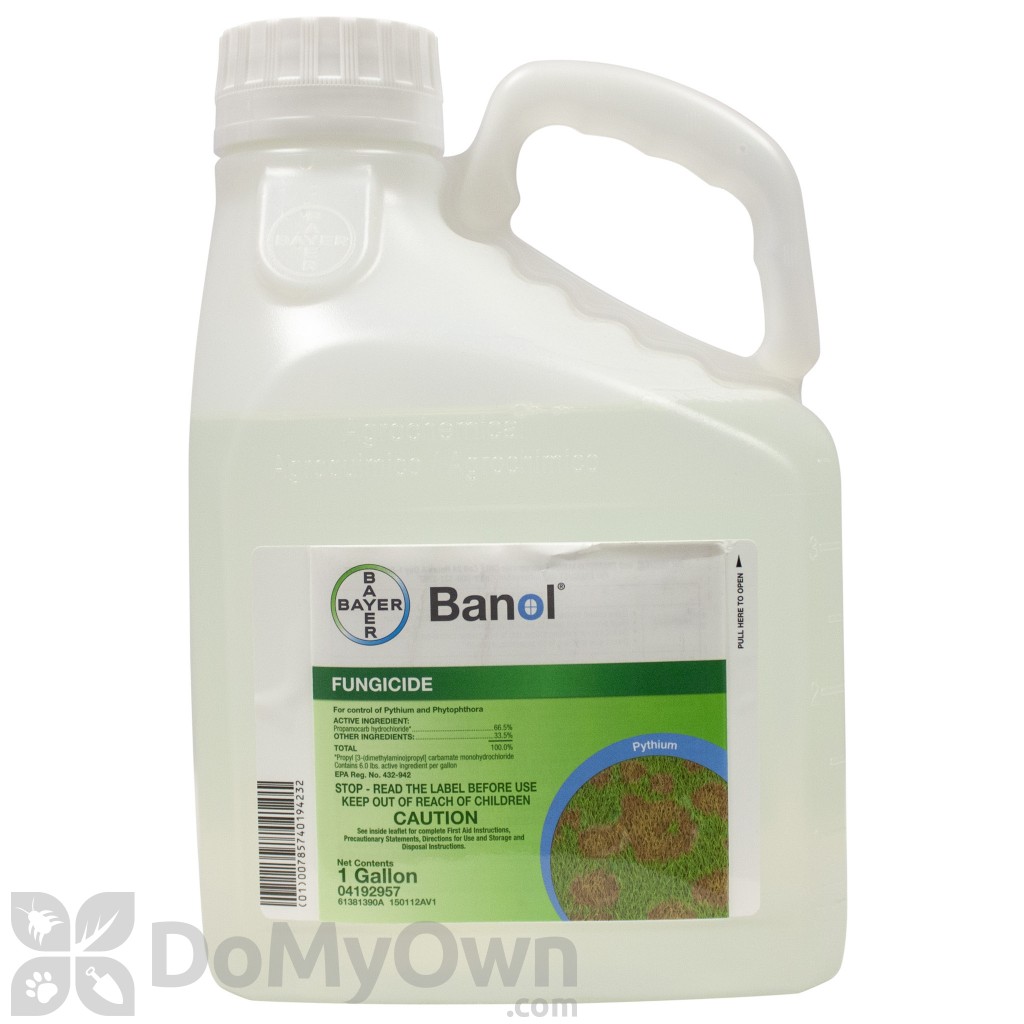 |
| Iprovalicarb | |
| Dimethomorph | 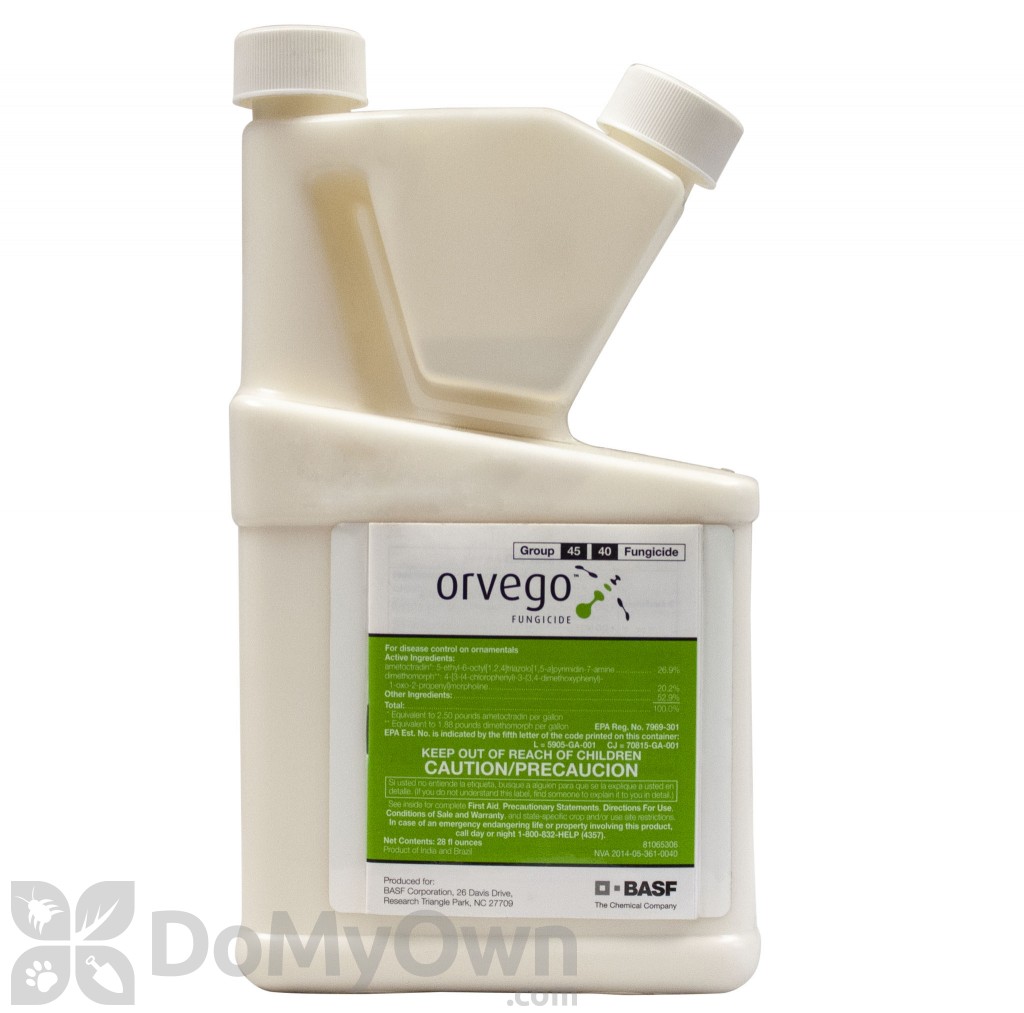 |
| Famoxadone | |
| Fenamidone | 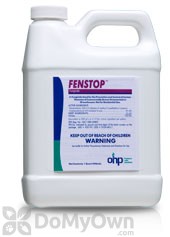 |
Organic:
Bacillus Subtilis
A biological fungicide containing a strain of the bacterium Bacillus subtilis.
The bacterial spores occupy space on the plant surface, and compete with the pathogens; then active compounds called lipopeptides, produced by the bacterium, disrupt the germination, and growth of invading pathogens.
Due to this action, resistance is not likely to develop.
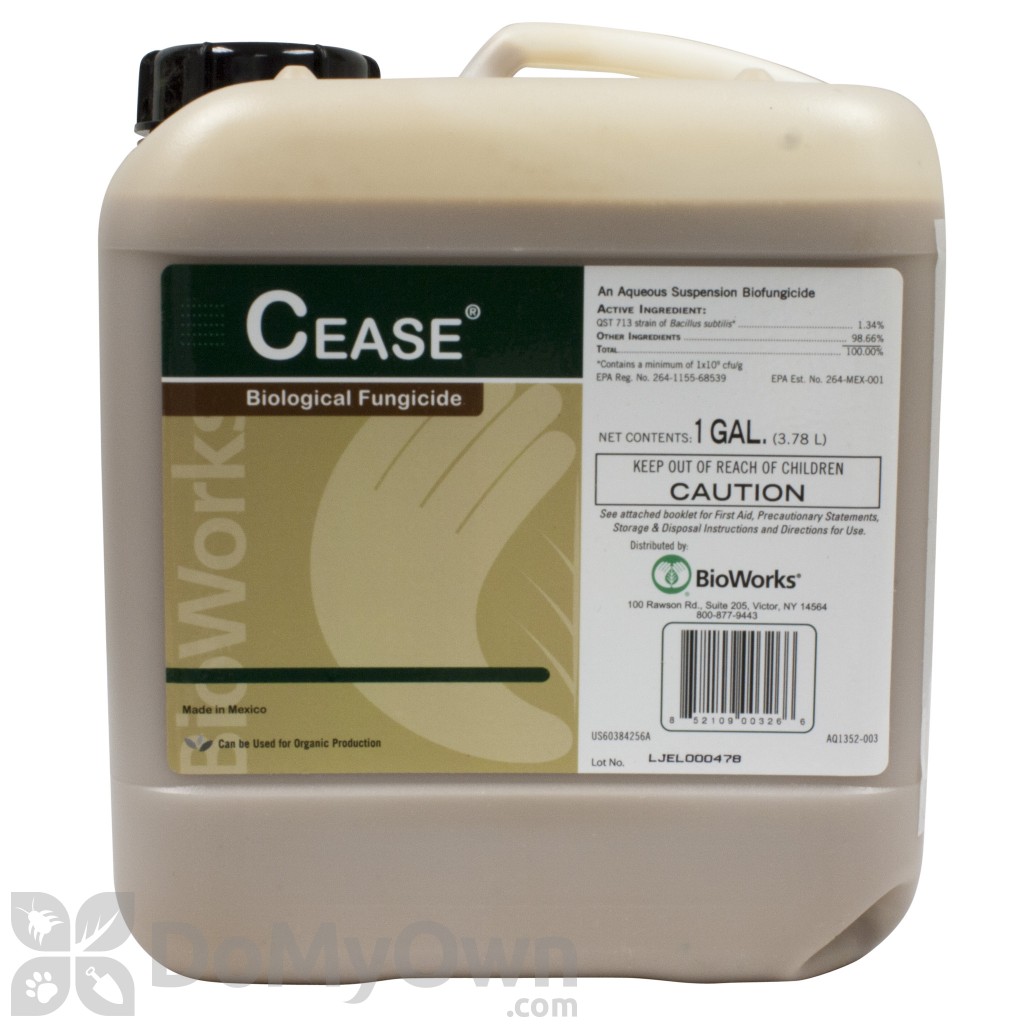
Neem oil
A naturally occurring pesticide, found in seeds from the neem tree.
Azadirachtin is the most active component here.
It reduces insect feeding and acts as a repellent.
It also interferes with insect hormone systems, making it harder for insects to grow and lay eggs.
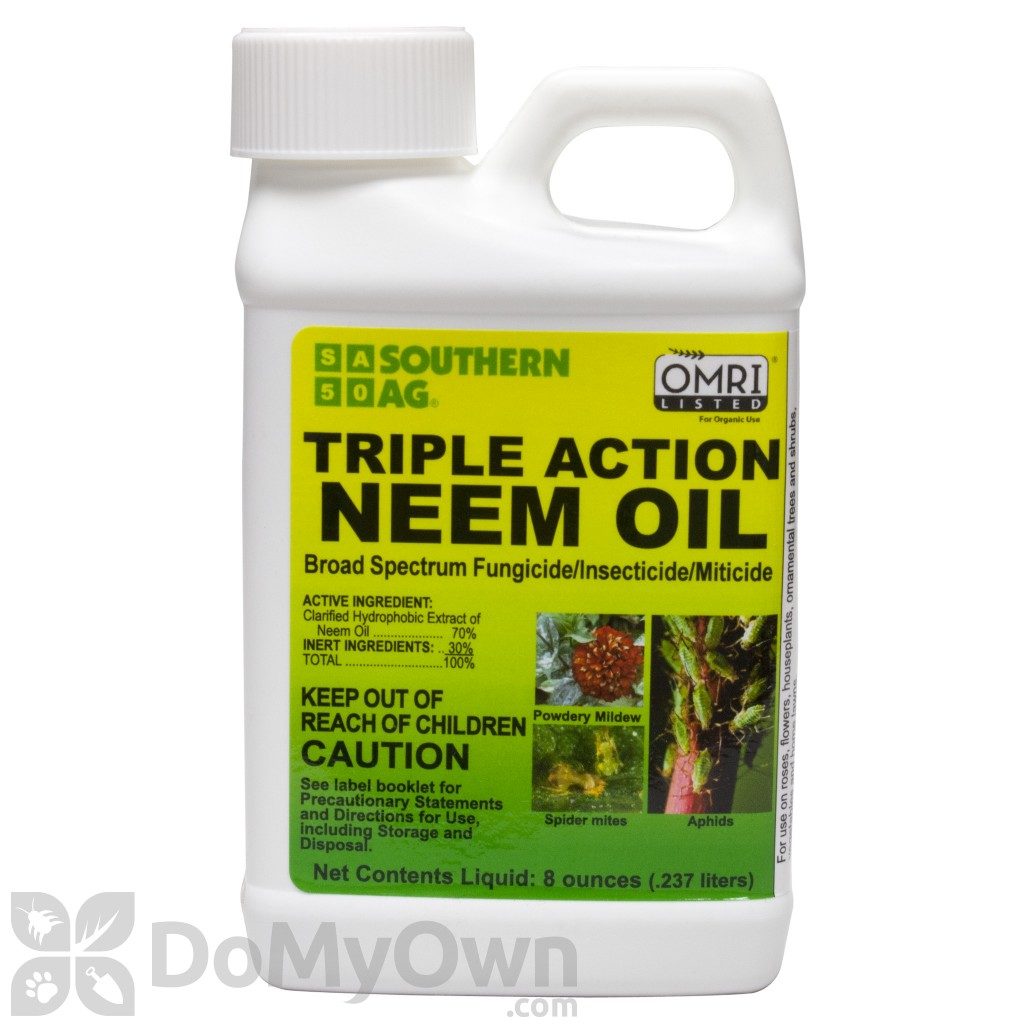
Hydrogen peroxide –
Well known as an ingredient in disinfectant products, it’s now also approved for controlling microbial pests, on crops growing indoors and outdoors, and on certain crops after harvest.
This active ingredient prevents, and controls bacteria, and fungi by destroying essential components of the cells.

Mineral oil
Covers the egg, larvae, nymph and adult stages, causing suffocation.
It leaves no toxic residue on plants.
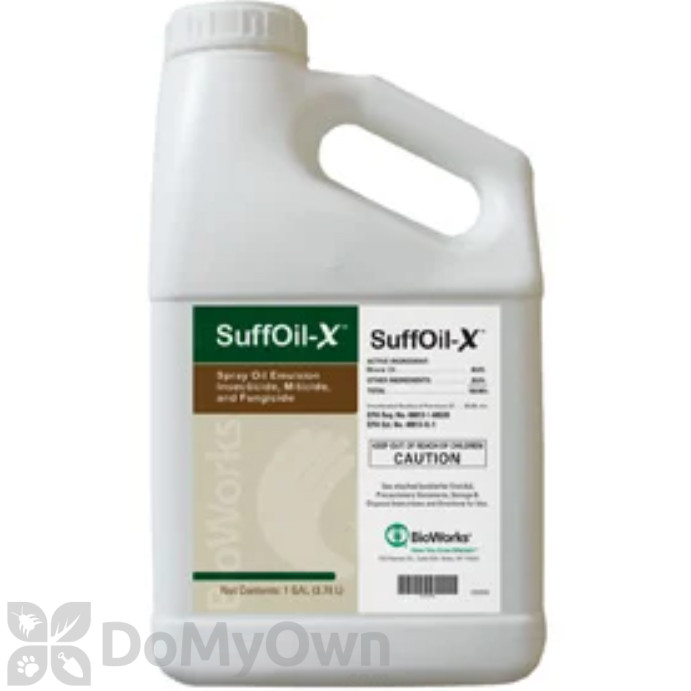
You might also like these articles:
- Pests and us
- How to Combat Pests During Growing Season: The Importance of Using Multiple Pesticides to Prevent Resistance and Maximize Yield
- How to differentiate between pesticides
- How to find your pesticide in a store
- Gray Mold: A Fungus That Damages Crops – Symptoms and Ways to Eliminate It with Chemical and Organic Pesticides
- How to terminate Late blight of tomato
- Protect Your Crops from Severe Downy Mildew Infestation with These Effective Pesticides: Organic and Chemical Options
- How to Identify and Treat Powdery Mildew on Plants: Chemical and Organic Solutions
- Tomato leaf mold
- Combatting Early Blight: Understanding and Treating Alternaria Leaf Spot in Tomatoes
- Maximizing Efficiency: How to Combine Pesticides to Control Multiple Crop Pests with One Spray
- Vegetable garden sprayer














